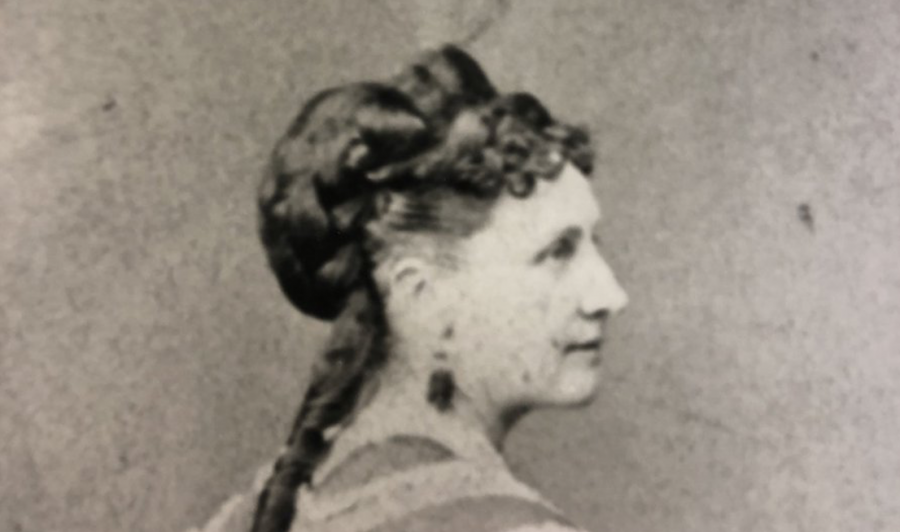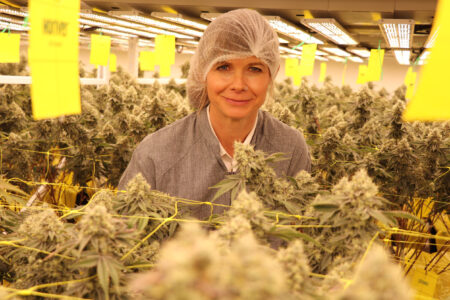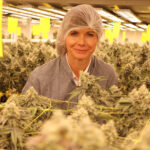Column: The woman who discovered global warming — in 1856!
Our book Just Cool It!: The Climate Crisis and What We Can Do features a chapter on climate science history. We include discoveries by well-known scientific pioneers, from Joseph Fourier’s 1824 research into the atmosphere’s ability to trap heat to Mikhail Budyko’s warnings about burning fossil fuels in the early 1960s to Michael Mann’s more recent hockey stick graph.
French physicist Fourier was credited with discovering that Earth’s atmosphere retains heat that would otherwise be emitted back into space — later known as the “greenhouse effect.” In 1859, Irish-English scientist John Tyndall began studying the ability of gases like water vapour, carbon dioxide (then called “carbonic acid”), ozone and hydrocarbons to absorb and transmit radiant heat. A few years later, James Croll observed that dark surfaces like soil, rock and water absorb heat from the sun whereas snow and ice reflect it, which can affect air and ocean currents.
In 1896, Swedish scientist Svante Arrhenius discovered feedback loops that could accelerate climate change. A year after Arrhenius released his findings, American geologist Thomas Chamberlin examined carbon cycles to understand their connection to other phenomena. Research continued to build. Russian climatologist Budyko published two books in the early 1960s “warning that growing energy use will warm the planet and cause the Arctic ice pack to quickly disappear, contributing to further feedback cycles.”
This list of notable men omits an important person: the woman who studied the greenhouse effect several years before Tyndall. Eunice Foote was a physicist, inventor and women’s rights advocate from Seneca Falls, New York. In 1856, she shared her paper, “Circumstances affecting the heat of the sun’s rays,” at the American Association for the Advancement of Science’s annual meeting.
As described in Smithsonian Magazine, “Foote’s paper demonstrated the interactions of the sun’s rays on different gases through a series of experiments using an air pump, four thermometers, and two glass cylinders.” She tested “hydrogen, common air and CO2, all heated after being exposed to the sun.”
The cylinder with CO2 trapped more heat and stayed hot longer. “An atmosphere of that gas would give to our earth a high temperature; and if as some suppose, at one period of its history the air had mixed with it a larger proportion than at present, an increased temperature … must have necessarily resulted,” she wrote — an early connection between atmospheric CO2 and global warming.
Why were these men recognized while Foote gets so little credit? Tyndall is often lauded for discovering the effects of small changes in atmospheric gas composition on climate and, indeed, his work contributed greatly to our understanding. But Foote carried out comparable experiments and came to similar conclusions three years earlier.
At the time, women didn’t have the same opportunities in science as men. Foote was considered an “amateur,” while Tyndall had a prestigious scientific education and access to equipment, facilities and other experts. Foote didn’t even present her own paper at the AAAS meeting.
“What might Foote have achieved if she had Tyndall’s access to training and resources?” author and Project Drawdown vice-president Katharine Wilkinson wrote in Time.
Foote isn’t the only woman to have been snubbed when it comes to recognition for their contributions to scientific discoveries. Let’s hope that’s changing. Women inspired my science career, including Silent Spring author and marine scientist Rachel Carson and cytogeneticist Barbara McClintock, whose groundbreaking work on “jumping genes” opened my eyes.
In many scientific fields, especially climate science, more women than ever are making important contributions to knowledge and its communication. We’re all in this together, and we need diverse perspectives to resolve the climate and other ecological crises. Many women around the world understand the need to care for all that sustains us. Beyond heeding and recognizing women’s scientific work, we must also work for women’s rights, education and family-planning resources to stabilize population growth, which contributes to climate disruption and other problems.
Wilkinson explains it well: “Now is the time to champion women and girls who lead on climate. And to honor those who came before, whose insight and ability ought not to have been ignored.”
We can learn from Eunice Foote, an advocate for science and women’s rights. We also promise to include her work in future writing about climate science history.
David Suzuki is a scientist, broadcaster, author and co-founder of the David Suzuki Foundation. Written with contributions from David Suzuki Foundation Senior Editor and Writer Ian Hanington.
Learn more at davidsuzuki.org.

























